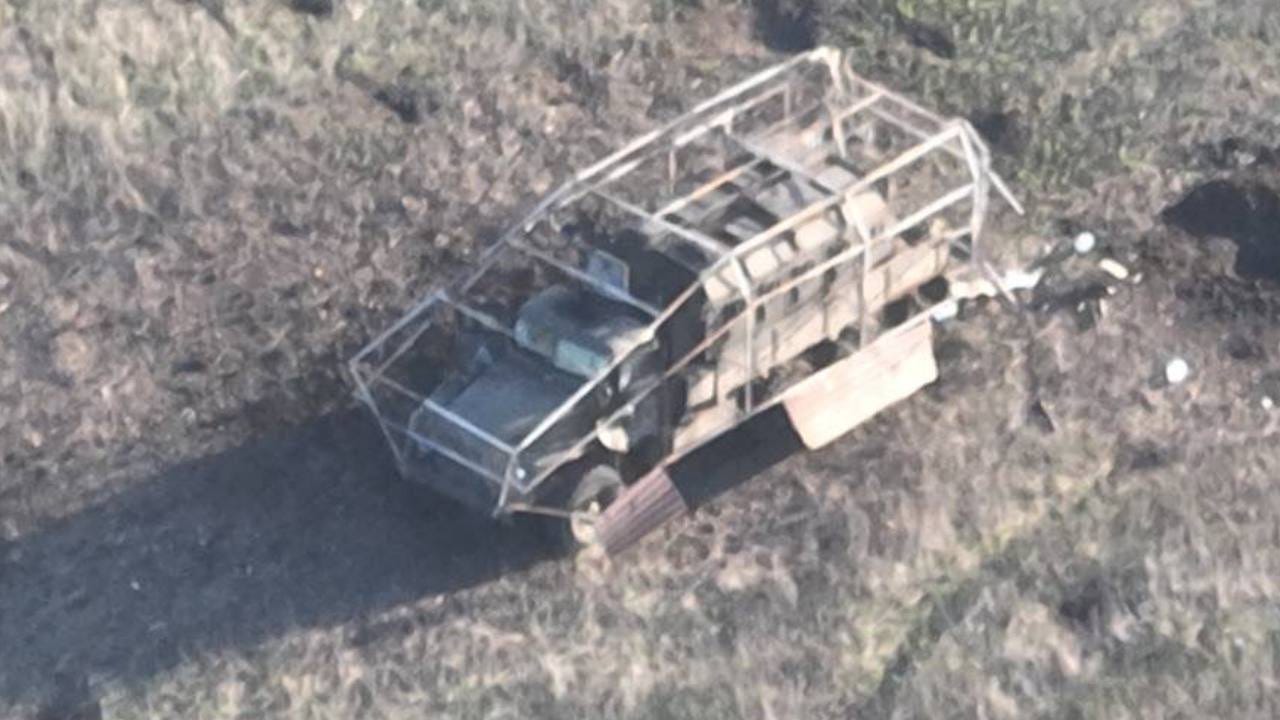Russia's Do-It-Yourself Assault Trucks Aren't As Bad As We First Thought
They do have some armor
On or around Thursday, Russian troops attacked Ukrainian positions outside Robotyne, in southern Ukraine’s Zaporizhzhia Oblast, in Ural-4320 trucks fitted with do-it-yourself, anti-drone cage armor.
The trucks got hit—possibly by running over mines. The surviving infantry dismounted, only to get bombed by drones from the Ukrainian national guard’s 3rd Brigade.
At first glance, the trucks appeared to be cargo vehicles with only flimsy cages to protect them. But a closer look at a third front-line Ural confirms: the trucks actually are Ural-4320 Zvezda-V variants with armored passenger modules and add-on protection for their engines and cabs.
In other words, the trucks aren’t unarmored. But they are under-armored: their 16-seat passenger modules offer protection from, at best, 7.62-millimeter rounds—and the trucks’ hulls have flat bottoms that are vulnerable to mine blasts.
It’s not for no reason that the Ural-4320 Zvezda-Vs were, until now, assigned to Russia’s internal paramilitary troops and not to the military. An armored Ural-4320 is suitable for riot control, special police missions and counterterrorism. It’s not suited for a mechanized assault on dug-in enemy infantry and tanks.
All that is to say, these Urals the Russians are sending into direct combat still are desperate measures. Just not as desperate as we assumed last week.
And, yes, Russia still is running out of purpose-made armored vehicles.
In 26 months of hard fighting, the Russian military has lost 15,300 tanks, fighting vehicles, howitzers and other heavy weapons in Ukraine. Average it out, and the Russians lose more than a thousand tanks and close to 2,000 fighting vehicles every year—and the loss rate is increasing.
But Russian industry produces 500 or 600 new tanks and maybe a little more than a thousand new fighting vehicles every year. So there’s a gap—one the Kremlin fills by pulling out of long-term storage tanks and fighting vehicles dating back to the 1970s, or even the ’60s or ’50s.
These old vehicles are a finite resource. We already are seeing evidence of a shortfall: Russian troops lately have been riding into battle on motorcycles, in open-top golf carts that the Kremlin purchased from a Chinese company—and now in semi-armored Ural trucks.
And that means “time is running out for Russia,” according to Artur Rehi, an Estonian soldier and analyst.
Read more:






